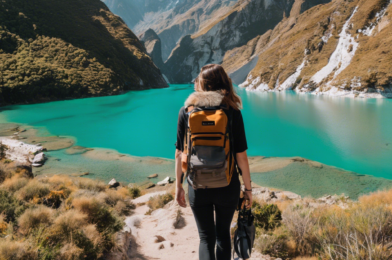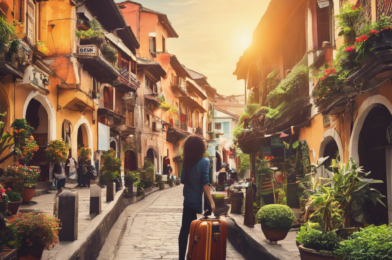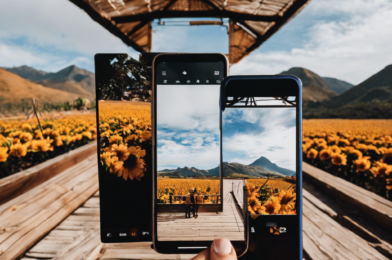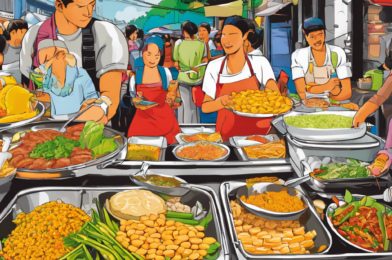Embarking on your first solo travel adventure can be thrilling but also nerve-wracking. Stepping into the unknown is a brave act, and it’s natural to feel a mix of excitement and apprehension. However, with the right mindset and preparation, you can transform those first-week jitters into a confident and fulfilling solo travel experience. Here’s your guide to making that happen.
**Day 1: Immerse Yourself in the Culture**
Start your journey by embracing the local culture. Begin by exploring a nearby market or neighborhood, where you can immerse yourself in the sights, sounds, and aromas unique to your destination. Engage with locals; a simple greeting in their language can go a long way towards making you feel more at ease and fostering connections. Try a local dish, whether it’s street food or a traditional meal, and savor the flavors of your new environment. This initial immersion will help you feel more grounded and excited about what’s to come.
**Days 2-3: Explore and Uncover Hidden Gems**
Dedicate a couple of days to exploring your surroundings. Wander through the city’s streets, taking in iconic landmarks and hidden alleyways. Use this time to discover local hangouts, unique shops, and scenic spots off the tourist trail. Consider joining a walking tour to gain insights from knowledgeable locals and meet fellow travelers. By the end of these exploratory days, you’ll have a better sense of the city’s layout and will likely uncover places and experiences that resonate with you personally.
**Day 4: Socialize and Build Connections**
Traveling solo doesn’t mean you have to be alone. Consider joining social events or activities designed for travelers, such as language exchanges, cooking classes, or pub crawls. These opportunities allow you to meet like-minded individuals, share travel stories, and gain valuable tips from those who have been on similar journeys.
[Continue reading to discover more tips for building confidence and making the most of your solo travel adventure.]





